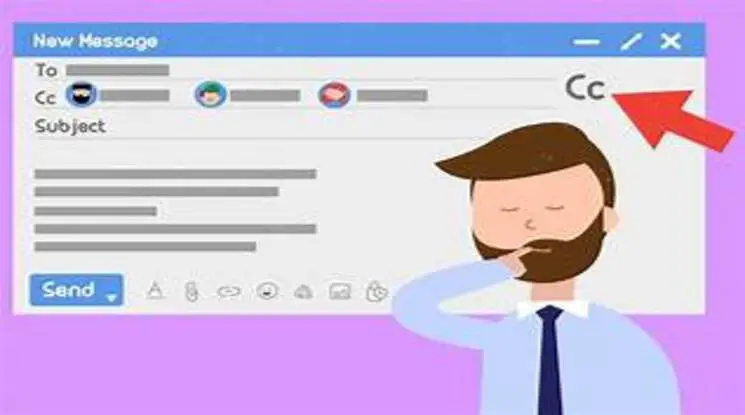In the ever-evolving landscape of digital communication, email remains a ubiquitous and indispensable tool for professional and personal correspondence. As we navigate through our inboxes, we often encounter terms and abbreviations that may raise questions. One such common abbreviation is “CC.” In this blog, we will delve into what “CC” means in email, its origins, and the etiquette surrounding its usage.
Understanding “CC” in Email
“CC” stands for “Carbon Copy,” a term that originated from the pre-digital era when carbon paper was used to make copies of written or typed documents. In the context of email, a carbon copy serves a similar purpose, allowing the sender to include additional recipients in the email conversation without making them the primary recipient.
When you CC someone in an email, you are essentially sending them a copy of the message for informational purposes. This can be useful in various scenarios, such as keeping team members informed about a project, updating stakeholders on a particular issue, or simply sharing information with multiple parties.
The Practical Use of CC
Information Sharing: One of the primary reasons to use CC in emails is to keep relevant parties in the loop. For example, if you are collaborating on a project and want everyone involved to have access to the same information, CC can be an efficient way to share updates and developments.
Documentation: CCing individuals can also serve as a form of documentation. By including certain people in the communication, you create a record of who has been informed about a particular matter, which can be useful for accountability and reference purposes.
Visibility: CCing can provide visibility to supervisors, team leaders, or other key figures who may not be directly involved but need to be aware of ongoing discussions. This helps in fostering transparency within an organization.
CC vs. BCC
While “CC” stands for “Carbon Copy,” there is another term often used in email communication: “BCC,” which stands for “Blind Carbon Copy.” The key distinction between the two lies in the visibility of recipients. When you CC someone, all recipients can see the list of individuals included in the email. On the other hand, when you BCC someone, their presence is hidden from other recipients.
The use of BCC is often employed when you want to protect the privacy of recipients or avoid cluttering the inboxes of other individuals. It is commonly used in scenarios where you’re sending a message to a large group, and you want to keep the recipients’ identities confidential.
Email Etiquette for Using CC
While CC can be a valuable tool, it’s crucial to observe proper email etiquette to ensure effective communication and maintain professionalism. Here are some guidelines to consider:
Relevance: Only CC individuals who have a genuine need to be informed or are directly related to the content of the email. Avoid unnecessary inclusions to prevent information overload.
Consent: If you are CCing someone outside your immediate team or department, ensure you have their consent to include them in the communication. Respect individuals’ preferences regarding email involvement.
Clear Communication: Clearly state the purpose of the CC in the body of the email. Provide context so that recipients understand why they are being included and what action, if any, is expected from them.
Use BCC judiciously: When using BCC, be mindful of the reasons for keeping recipients’ identities hidden. Avoid using BCC in a way that might be perceived as secretive or deceptive.
Consider the Recipient’s Inbox: Respect your recipients’ time and attention. Avoid CCing large groups unnecessarily, as this can contribute to email fatigue and make it challenging for individuals to find the information relevant to them.
Conclusion
In conclusion, understanding the meaning and proper usage of “CC” in email is essential for effective communication in professional and personal settings. When used thoughtfully and in accordance with email etiquette, CC can be a powerful tool for sharing information, fostering collaboration, and maintaining transparency. By incorporating these practices into your email communication, you can enhance the efficiency of your interactions and contribute to a positive and professional online environment.




